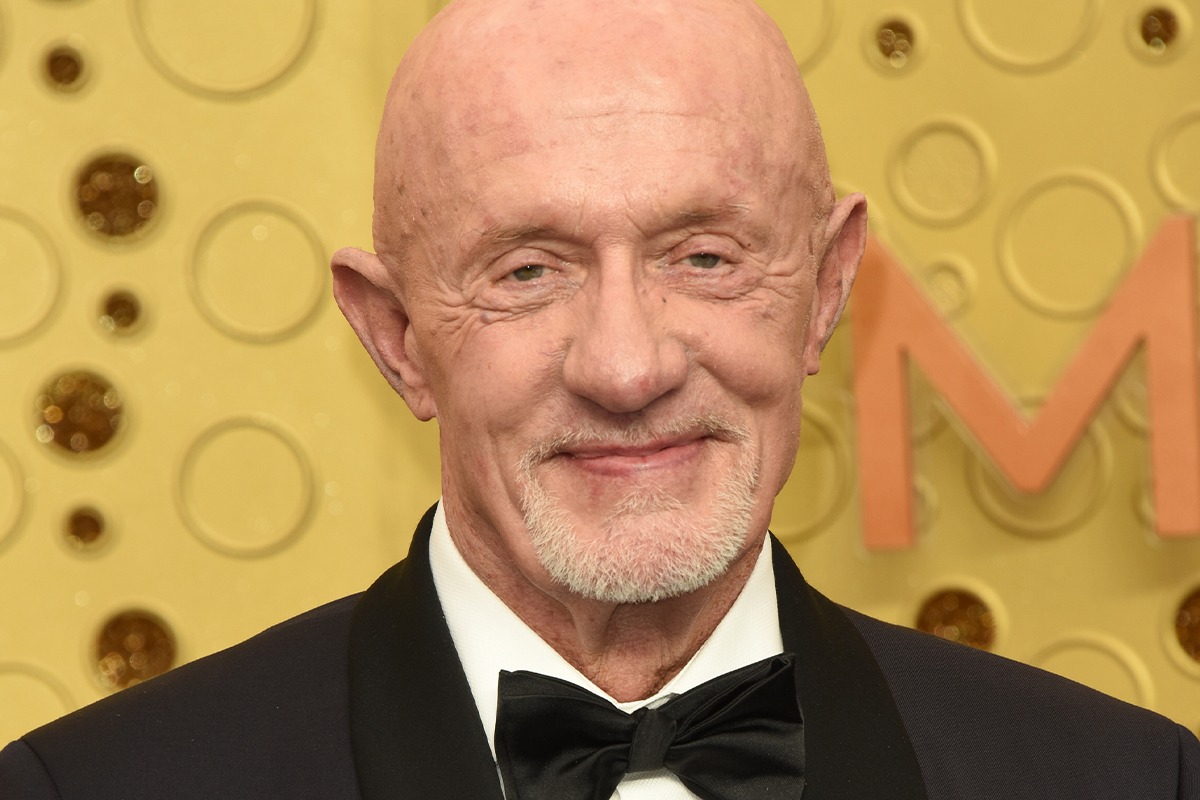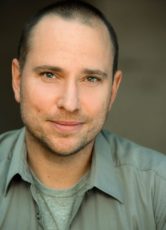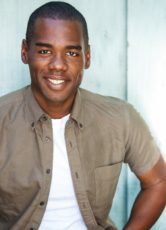
Acting is a study of human behavior, and one of the most accessible and powerful ways to learn about people is through keen observation.
Acting instructors emphasize the word “observe,” knowing that life provides a steady stream of creative inspiration to those who pay close enough attention. Noticing a real person’s idiosyncratic mannerisms as they deal with life’s struggles, joys and sorrows—their facial expressions, voice tones, personal style, and posture—can prove to be a valuable asset in an actor’s arsenal.
How Breaking Bad and Better Call Saul‘s Jonathan Banks Drew From Observation to Create Mike Ehrmantraut
When you’re looking to determine how observations help with character development, just ask Emmy Award-nominated actor Jonathan Banks, who played former Philadelphia police officer-turned-career criminal Mike Ehrmantraut in Breaking Bad, as well as in the spinoff prequel Better Call Saul.
Banks is used to portraying sinister types, but when it came to getting into Mike’s dark psyche, he crafted his character from observations of people in his life.
“I used, partially, people that I grew up with, people that I feared or respected. You know, it always sounds a little too dramatic to me when somebody says, ‘My neighborhood, I grew up this way; it was tough,” Banks told The New York Times. “I got banged around quite a bit, got punched in the mouth a lot. It gives you a certain amount of, I don’t know that it gives you toughness, but it leaves no surprises when all of a sudden you’re in a fight or you get beaten or whatever. As far as Vietnam, the sniper part of Mike’s life: I have several close friends that went. And one of my friends, they just [were] put into Arlington Cemetery about a month and a half ago. There are a lot of guys that came back that I know that were hurt badly by their experience in combat. That’s something I never experienced. I borrowed from people that I saw.”
While incorporating people’s gestures and habits can add new layers to a character, it doesn’t take away the creative force and ownership of an actor’s performance. As Banks says, “Mike is mine. Mike is mine ….”
How Tyler Perry Created Madea Through Observation
Another example of someone who creates unique characters through observation is Tyler Perry. The media mogul based his Madea character on his relatives—his mother Maxine, and his Aunt Mayola to be precise.
“The nurturing part of Madea comes from my mother who would open the doors of our home to you no matter who you were,” he told Essence. “My aunt inspired the pistol-packing, the wig, and the voice. She overpronounces her words and puts an ‘r’ on everything to make it sound proper.”
According to Perry, Madea is “exactly the PG version of my mother and my aunt, and I love having the opportunity to pay homage to them.”
Combining observation with imagination to create a compelling character can start unexpectedly. For example, you’re taking a walk in the park or riding the bus to work. Someone with unique mannerisms catches your eye and you begin to create a character that incorporates those interesting movements. Or maybe you borrow your character’s traits from a coworker who tends to look downward when she speaks or a man in the checkout line who examines other people’s purchases a certain way becomes the inspiration for the next acting opportunity.
However, we tend to spend hours each day driving around, working in an office or in a classroom with our stream of thoughts at the forefront of our minds: thinking of what we need to do today, as well as sifting through our internal thoughts and feelings as we navigate life.
Sometimes it takes some effort to consciously shift our thoughts toward those around us. Here are some observational exercises to more keenly tune you into the gestures, expressions, posture, and voice of those around you:
Observational Exercise #1: Watching People in the Wild
Go to a location filled with people and observe them (respectfully and discreetly). If possible, sit down with a notebook and jot down what you notice about any number of individuals who pique your interest.
Once you’ve arrived, take the time to observe how people move, speak and gesture. See how they react to real life situations, noting your impressions and feelings to their emotional responses. No need for punctuation or complete sentences—this is a spontaneous exercise, documenting what you see as it happens and not censoring yourself, so it’s available for you to read later on.
Observational Exercise #2: Building Out A Stranger’s Backstory
Building upon observational exercise #1, dig a little deeper into one of the people who seem interesting (try not to stare at the subject). Give them a name—let’s say “Marco.”
Imagine Marco’s personality based on his mannerisms. Visualize and improvise what is happening in this chapter of his life. What led him to this present location? What does he do for a living? Consider what kind of family he comes from. Do they live together? Where do you think he’s going after he leaves today? Is he struggling with a specific problem? Does he have a pet?
Allow your creativity to flow and jot down your thoughts, always building upon your observations about this individual. Keen observation on a regular basis will also help you grow personally as you develop a greater understanding of the world around you.
The careful observation of human behavior combined with a vivid imagination is a powerful tool for creating characters. It will inform your acting technique, hone your acting skills and help continue to establish your acting process.
The art of observation comes from a curious nature and a desire to understand aspects of life. By researching everyday life and improvising a story for the people you watch, you’ll be able to deliver memorable performances and bring authenticity to your characters.
Want to get your acting career started? Sign up or log in to Casting Frontier and start auditioning today!
You may also like:
- How Embracing Your Weirdness Creates Authentic Acting
- The Art of Rehearsal and Preparation for Actors
Body Language Expert Allan Pease Demonstrates the Unseen Purpose Behind Your Hand Gestures
Written by Casting Frontier




